BLACK HOLE THEORY

What are Black Holes? A black hole is a region of spacetime where gravity is so strong that nothing — no particles or even electromagnetic radiation such as light — can escape from it. The theory of general relativity predicts that a sufficiently compact mass can deform spacetime to form a black hole.

An artist's drawing a black hole named Cygnus X-1. It formed when a large star caved in. This black hole pulls matter from blue star beside it. Credits: NASA/CXC/M.Weis.
A black hole is a place in space where gravity pulls so much that even light can not get out. The gravity is so strong because matter has been squeezed into a tiny space. This can happen when a star is dying.
Because no light can get out, people can't see black holes. They are invisible. Space telescopes with special tools can help find black holes. The special tools can see how stars that are very close to black holes act differently than other stars.
How Big Are Black Holes?
Black holes can be big or small. Scientists think the smallest black holes are as small as just one atom. These black holes are very tiny but have the mass of a large mountain. Mass is the amount of matter, or "stuff," in an object.
Another kind of black hole is called "stellar." Its mass can be up to 20 times more than the mass of the sun. There may be many, many stellar mass black holes in Earth's galaxy. Earth's galaxy is called the Milky Way.
The largest black holes are called "supermassive." These black holes have masses that are more than 1 million suns together. Scientists have found proof that every large galaxy contains a supermassive black hole at its center. The supermassive black hole at the center of the Milky Way galaxy is called Sagittarius A. It has a mass equal to about 4 million suns and would fit inside a very large ball that could hold a few million Earths.
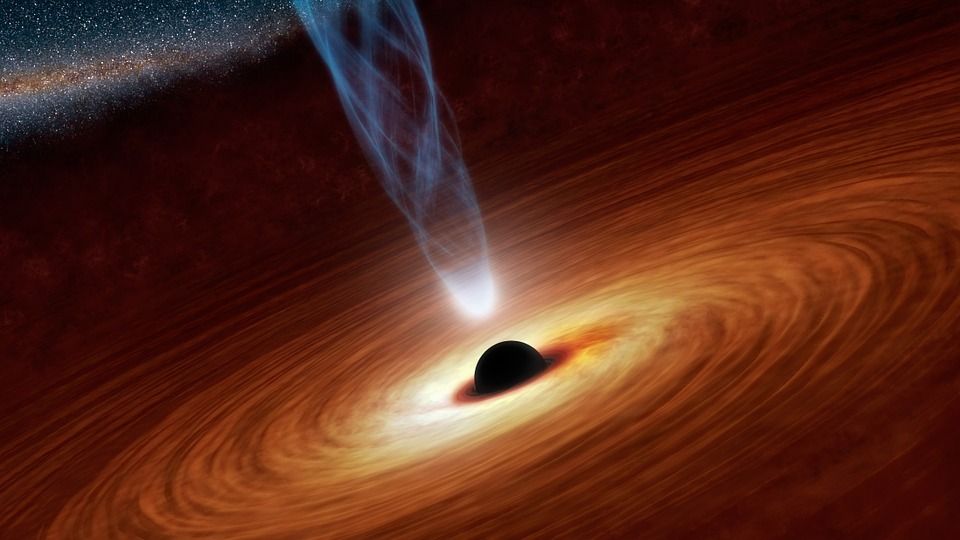
How Do Black Holes Form?
Scientists think the smallest black holes formed when the universe began.
Stellar black holes are made when the center of a very big star falls in upon itself, or collapses. When this happens, it causes a supernova. A supernova is an exploding star that blasts part of the star into space.
Scientists think supermassive black holes were made at the same time as the galaxy they are in.
If Black Holes Are "Black," How Do Scientists Know They Are There?
A black hole can not be seen because strong gravity pulls all of the light into the middle of the black hole. But scientists can see how the strong gravity affects the stars and gas around the black hole. Scientists can study stars to find out if they are flying around, or orbiting, a black hole.
When a black hole and a star are close together, high-energy light is made. This kind of light can not be seen with human eyes. Scientists use satellites and telescopes in space to see the high-energy light.
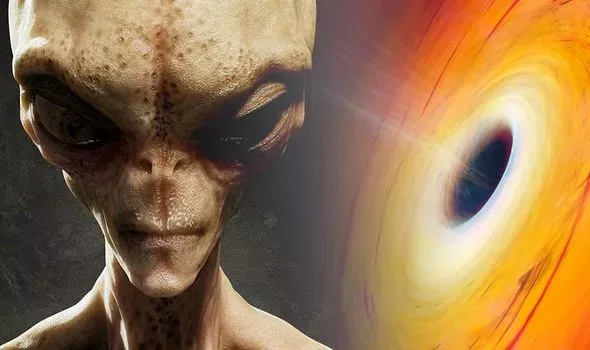
Could a Black Hole Destroy Earth?
Black holes do not go around in space eating stars, moons and planets. Earth will not fall into a black hole because no black hole is close enough to the solar system for Earth to do that.
Even if a black hole the same mass as the sun were to take the place of the sun, Earth still would not fall in. The black hole would have the same gravity as the sun. Earth and the other planets would orbit the black hole as they orbit the sun now.
The sun will never turn into a black hole. The sun is not a big enough star to make a black hole.
How Is NASA Studying Black Holes?
NASA is using satellites and telescopes that are traveling in space to learn more about black holes. These spacecraft help scientists answer questions about the universe.
For the first time, astronomers have singled out light coming from behind a black hole, enabling them to study the processes on its far side.
Using ESA’s XMM-Newton and NASA’s NuSTAR space telescopes, an international team of scientists led by Dan Wilkins of Stanford University in the USA observed extremely bright flares of X-ray light coming from around a black hole.
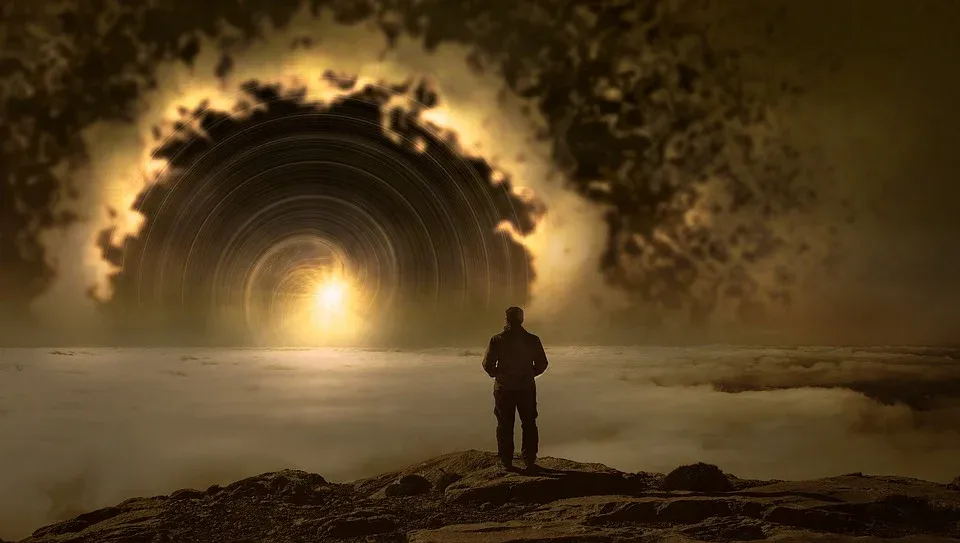
The X-ray flares echoed off of the gas falling into the black hole, and as the flares were subsiding, the telescopes picked up fainter flashes, which were the echoes of the flares bouncing off the gas behind the black hole.
This supermassive black hole is 10 million times as massive as our Sun and located in the center of a nearby spiral galaxy called I Zwicky 1, 800 million light-years away from Earth.
The astronomers did not expect to see anything from behind the black hole, since no light can escape from it. But because of the black hole’s extreme gravity warping the space around it, light echoes from behind the black hole were bent around the black hole, making them visible from XMM and NuSTAR’s point of view.
A new physics breakthrough shows how Einstein's theory of general relativity continues to hold up, even for "balding" black holes.
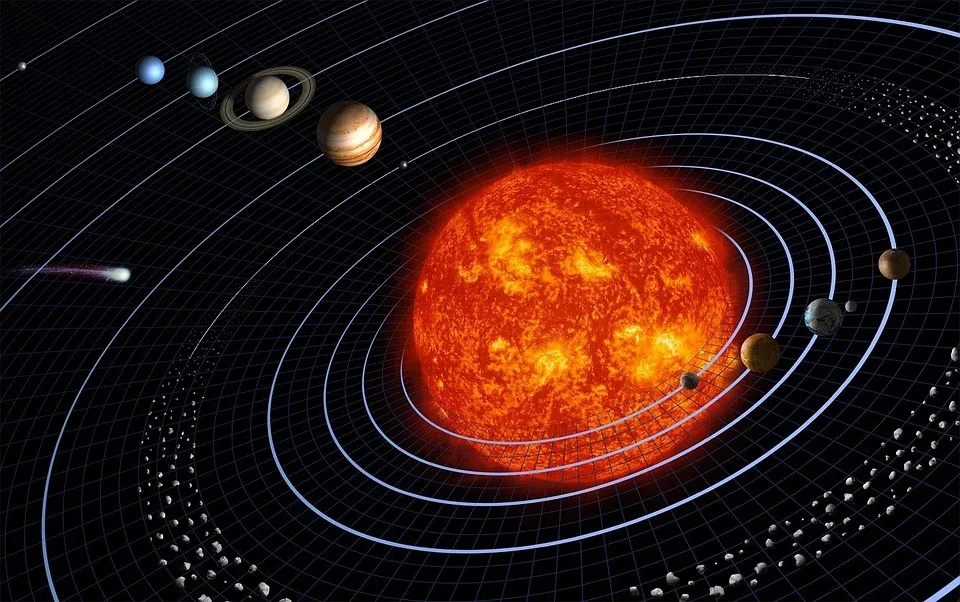
Black Holes are regions of spacetime where gravity's pull is so strong that nothing, not even light, can escape from being dragged in and "eaten." Einstein's theory of general relativity predicted the existence of black holes and that, no matter what such an object "eats," black holes are characterized only by their mass, spin and electrical charge. Astrophysicists refer to this as the "no-hair" theorem.
But there has been a lingering snag to this theorem: magnetic fields. For the no-hair theorem to hold true, "eating" material shouldn't alter a black hole's primary characteristics. But while black holes can be "born" with strong magnetic fields, they can also gain them by "eating" certain material and clouds of plasma can sustain these magnetic fields around a black hole.
Physicists investigated this snag by using a supercomputer to simulate a black hole surrounded by plasma. In this study, they found that even when black holes have sustained magnetic fields, the "no-hair" theorem, and Einstein's theory, continue to hold true.
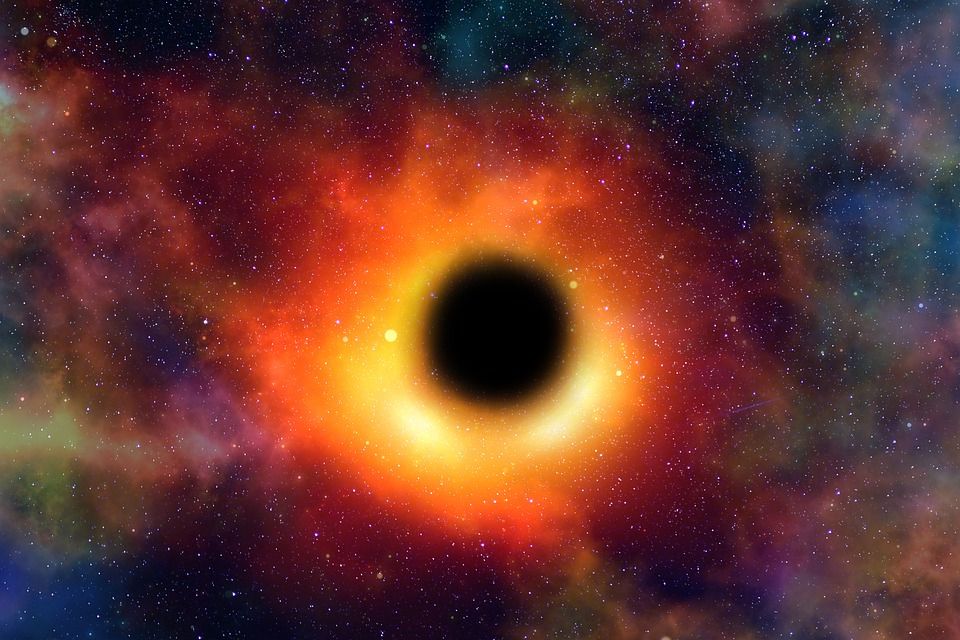
THINGS YOU MAY NOT KNOW: The universe's black holes are bigger than astrophysicists expected them to be. Now, a new study suggests why: Every single black hole may be growing as the universe expands.
The new hypothesis, called "cosmological coupling," argues that as the universe expands outward after the Big Bang, all objects with mass grow with it too. And black holes, as some of the most massive objects to exist, grow the most.
This hypothesis stems from the gravitational ripples in space-time that occur when two massive black holes get locked in orbit, spiral inward and collide. Since 2015, scientists at the Laser Interferometer Gravitational- Wave Observatory. (LIGO) and Virgo interferometer, which are designed to detect these gravitational waves, have observed many of these black hole mergers.
THINGS YOU MAY WANT TO SAVE: Your crypto moon suit... since where you are going you will need special BLACK HOLE OUTERWEAR.
ZENTRAVELER SAYS: Just like the black box monitor on airplanes is Bright Orange Zentraveler predicts the BLACK HOLE in outer space is comprised of a kaleidoscope of bright colors.
From here to Infinity is a relatively short ride! The next leg takes eons and eons as you fly through the Barycentric Dynamical Time Zone! …and on and on and on. Follow the Zentraveler Newsletter often for Travel, Health and Zen-like stories and such. Where else can you get a three in one Newsletter For The Price of FREE?

ZENTRAVELER IS A PERSONAL NEWSLETTER, DESIGNED TO GIVE TRAVEL, HEALTH, WRITING AND HUMOR INCLUDING HELPFUL HINTS WITH A ZEN LIKE QUALITY
